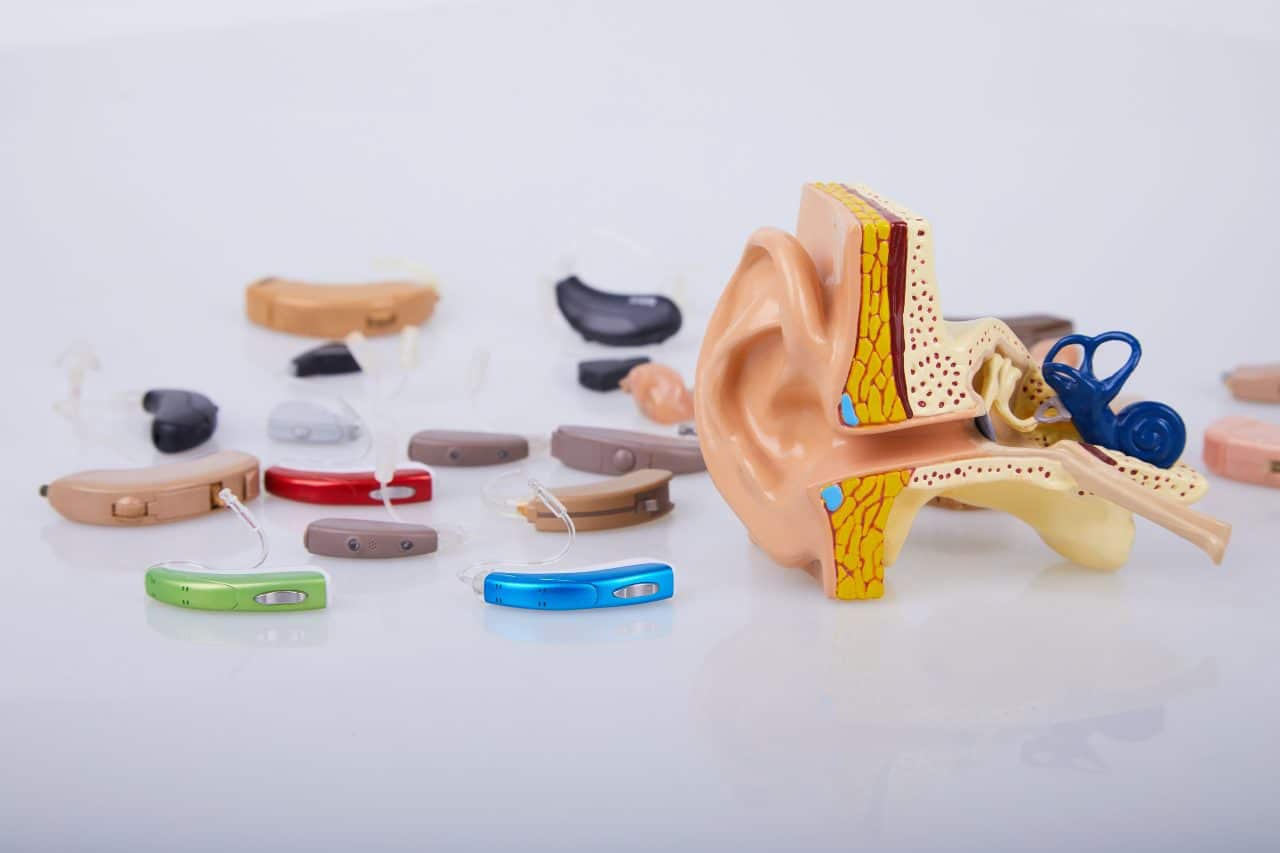Hearing aids are powerful electronic devices that help you connect with loved ones. While these devices are the most common form of hearing loss treatment, they do require regular maintenance to make sure they are working well. This includes a daily cleaning to remove earwax.
What Is Earwax?

Earwax is a natural substance produced in the outer ear. Known medically as cerumen, earwax plays a number of helpful roles, including:
- Keeping the skin of your ear moisturized.
- Fighting off infections.
- Preventing dirt, dust and debris from entering your ear.
Earwax is usually self-cleaning, as older earwax works its way out of your ear through natural jaw movements. If too much earwax is produced or something is preventing the earwax from falling out, it can form a blockage. This will need to be removed by a professional.
Since your hearing aids spend all day sitting in your ears, they come into close contact with earwax. When not properly removed, earwax can make sounds seem weak or distorted, or may even block sounds altogether. This can be problematic, especially if you want to be able to hear the music at Columbia City Theater for a concert you bought tickets to a year ago.
Below are our top five tips for removing earwax that has accumulated on your hearing aids.
Use a Clean, Soft Cloth
You should visually inspect your hearing aids every night before putting them away in order to identify any earwax that has built up on the devices throughout the day. You can remove the earwax with a clean cloth that is soft and dry. Never use a cleaning agent that is not approved for use on hearing aids, as it can damage your devices.
Use Removal Tools
Hearing aids have a lot of tight areas that are hard to get to with a cloth. A cleaning kit usually contains a few specialty tools that are perfect for cleaning hard-to-reach spaces. Make sure you are only using the brushes and picks that were designed to be used on a hearing aid to prevent damage.
Clean Your Wax Filter
Many styles of hearing aids contain a built-in wax guard to prevent earwax from getting inside your device. You should check your wax guard on a regular basis and clean it to remove obvious signs of debris. Wax guards are inexpensive to replace if needed.
Clean Your Sound Tip
The sound tip is the small part of your hearing aid where sounds enter. Keeping this area clean and free from earwax is crucial. Most cleaning kits include a wax loop or brush that is helpful for cleaning this area.
Clean Your Tubing
The tubing in behind-the-ear hearing aids can easily get clogged with earwax or other debris and is designed to be replaced periodically. The buildup inside the tube can be cleaned with a bendable wire or air blower. To learn more about keeping your hearing aids well maintained or to schedule an appointment with a hearing aid expert, contact Hearing Advancement Center today.